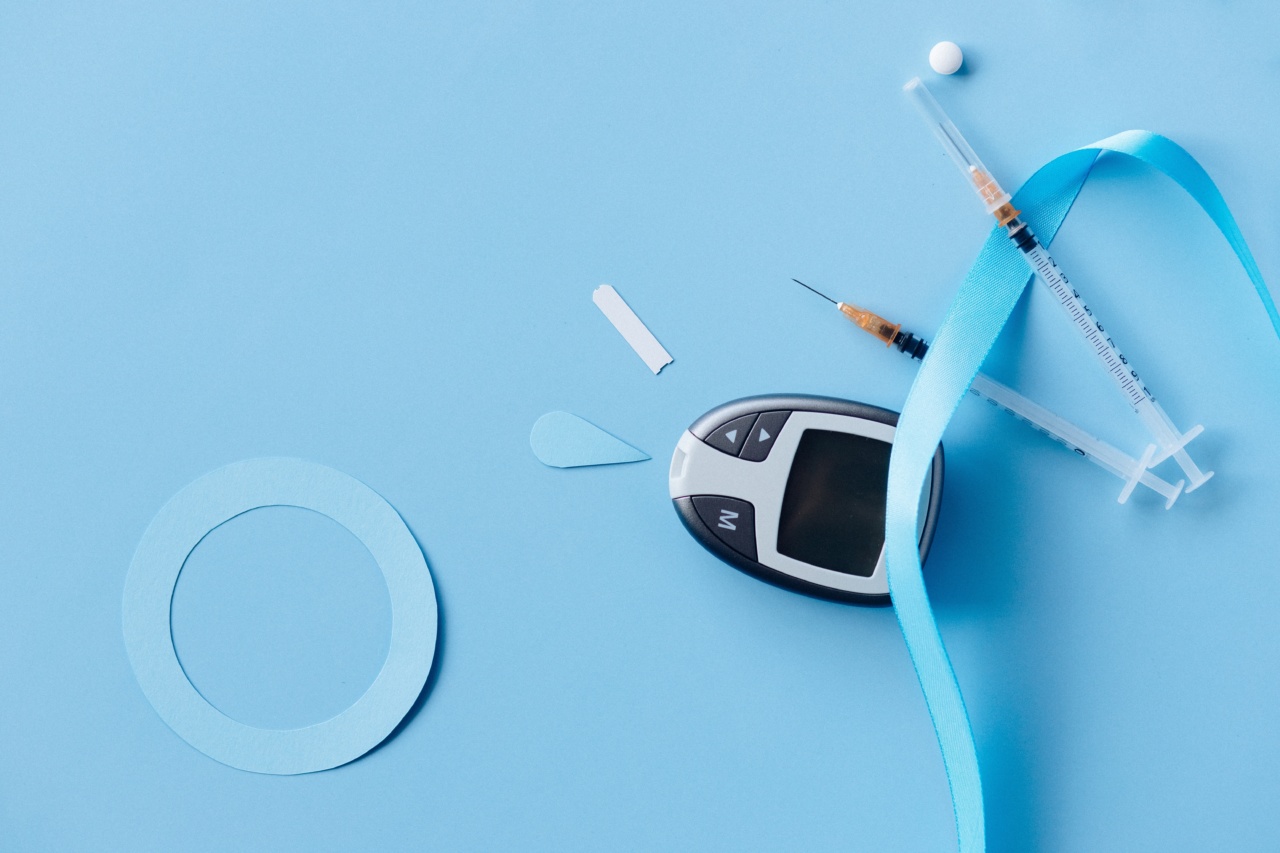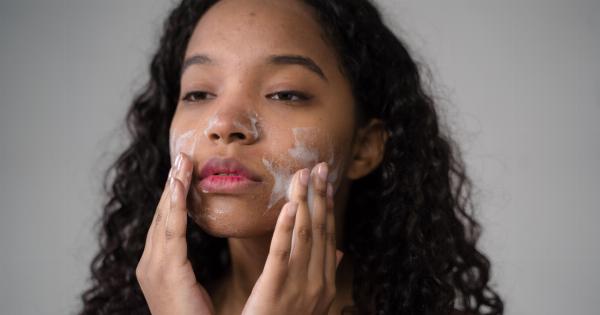Blemishes, such as acne scars and dark spots, can often leave behind remnants that can be difficult to get rid of. These remnants are not only unsightly but can also affect one’s self-esteem and confidence.
Many individuals have tried countless remedies and treatments to no avail, leaving them frustrated and hopeless. However, with the advancement of medical technology, a cutting-edge treatment has emerged that has proven to be effective in eradicating blemish remnants and restoring clear, smooth skin.
The Breakthrough Treatment
Introducing the revolutionary treatment that has garnered widespread praise in the dermatology community – laser skin resurfacing.
This innovative procedure utilizes a highly concentrated beam of light to target and remove the damaged layers of skin, thereby eliminating blemish remnants and stimulating collagen production. By harnessing the power of laser technology, this treatment offers a safe and efficient solution to individuals struggling with the long-lasting effects of blemishes.
How Laser Skin Resurfacing Works
Laser skin resurfacing works by emitting short, concentrated pulses of light energy that are absorbed by the water and chromophores (pigments) in the skin.
This absorption process heats the targeted area, effectively vaporizing the damaged skin cells layer by layer. The body’s natural healing processes then kick in, generating new, healthier skin cells to replace the removed tissue.
Types of Laser Skin Resurfacing
There are two primary types of laser skin resurfacing commonly used for the eradication of blemish remnants:.
1. Ablative Laser Resurfacing
Ablative laser resurfacing involves the removal of both the epidermis (outermost layer of skin) and a portion of the underlying dermis.
This type of treatment is highly effective in addressing moderate to severe blemish remnants, but it requires a longer recovery time compared to non-ablative laser treatments.
2. Non-Ablative Laser Resurfacing
Non-ablative laser resurfacing, on the other hand, targets the underlying dermis without removing the outermost layer of skin.
This results in a shorter recovery time but may require multiple sessions to achieve optimal results, especially for individuals with more extensive blemish remnants.
The Advantages of Laser Skin Resurfacing
Laser skin resurfacing offers several benefits over traditional treatments for blemish remnants. Some notable advantages include:.
1. Precision Targeting
Lasers allow dermatologists to precisely target and remove specific areas of damaged skin, ensuring that surrounding healthy tissue remains unaffected.
2. Stimulates Collagen Production
By removing the damaged layers of skin, laser resurfacing encourages the production of new collagen, a protein essential for maintaining skin firmness and elasticity.
This not only helps in eradicating blemish remnants but also improves overall skin texture and appearance.
3. Customizable Treatment
Laser skin resurfacing can be customized according to the specific needs of each individual.
Dermatologists can adjust the intensity and depth of the laser to target different types of blemish remnants, ensuring optimal results based on the patient’s unique skin condition.
4. Shorter Recovery Time
Non-ablative laser resurfacing generally requires less downtime and recovery compared to traditional surgical procedures.
Patients can typically resume their daily activities shortly after treatment, making laser resurfacing a convenient option for those with busy lifestyles.
5. Long-Lasting Results
Unlike topical creams and serums that only provide temporary relief, laser skin resurfacing offers long-lasting results.
By stimulating collagen production and encouraging the growth of new, healthy skin cells, this treatment effectively eradicates blemish remnants for a smoother, blemish-free complexion that can last for years.
Is Laser Skin Resurfacing Right for You?
While laser skin resurfacing is a highly effective treatment for addressing blemish remnants, it may not be suitable for everyone.
Individuals with certain medical conditions, such as active infections, immune disorders, or a history of adverse reactions to laser treatments, should consult with a qualified dermatologist to determine if they are good candidates for the procedure.
Preparing for Laser Skin Resurfacing
Prior to undergoing laser skin resurfacing, there are several important steps to follow:.
1. Consultation
Schedule an initial consultation with a dermatologist experienced in laser resurfacing treatments. They will assess your skin condition, discuss your goals, and determine which type of laser treatment is most appropriate for you.
2. Avoid Sun Exposure
Avoid excessive sun exposure and use broad-spectrum sunscreen with a high SPF to protect your skin in the weeks leading up to the procedure. Sunburnt or tanned skin may increase the risk of complications and slow down the healing process.
3. Discontinue Certain Medications and Skincare Products
Your dermatologist will provide specific instructions regarding any medications and skincare products to discontinue in the days leading up to your laser resurfacing treatment.
This is important as some medications and products can increase the risk of complications or interfere with the healing process.
The Laser Skin Resurfacing Procedure
The laser skin resurfacing procedure typically follows these steps:.
1. Numbing the Skin
Prior to the treatment, a topical numbing cream or local anesthesia may be applied to minimize discomfort during the procedure.
2. Eye Protection
To protect your eyes from the laser, you will be provided with safety goggles or shields to wear throughout the treatment.
3. Laser Treatment
Once the skin is adequately prepared, the dermatologist will use the laser device to deliver targeted pulses of light to the areas with blemish remnants.
You may feel a slight warming or stinging sensation during the procedure, but the numbing cream should help minimize any discomfort.
4. Cooling and Soothing
After each laser pass, a cooling device or cold air may be used to soothe the treated skin and minimize any post-treatment redness or discomfort.
5. Post-Treatment Care
Your dermatologist will provide detailed instructions on how to care for your skin after laser resurfacing. This may include applying ointments or creams, avoiding direct sun exposure, and using gentle cleansers to keep the treated area clean.
The Results of Laser Skin Resurfacing
Following laser skin resurfacing, you can expect to experience some temporary side effects, including redness, swelling, and peeling.
These are normal part of the healing process and should subside within a few days to a few weeks, depending on the intensity of the treatment.
As the skin heals, you will begin to notice significant improvements in the appearance of blemish remnants. The treated area will gradually become smoother and more even-toned, resulting in a complexion that is clearer and more youthful-looking.
Conclusion
The advent of laser skin resurfacing has revolutionized the treatment of blemish remnants, offering individuals a cutting-edge solution to effectively eradicate the long-lasting effects of acne scars, dark spots, and other skin imperfections.
With its precision targeting, collagen-stimulating properties, and customizable approach, this groundbreaking procedure has become a go-to choice for dermatologists and patients alike.
If you have been struggling with blemish remnants and are looking for a reliable and long-lasting solution, consider exploring the possibilities of laser skin resurfacing.
Consult with a qualified dermatologist to determine if this cutting-edge treatment is right for you.





























